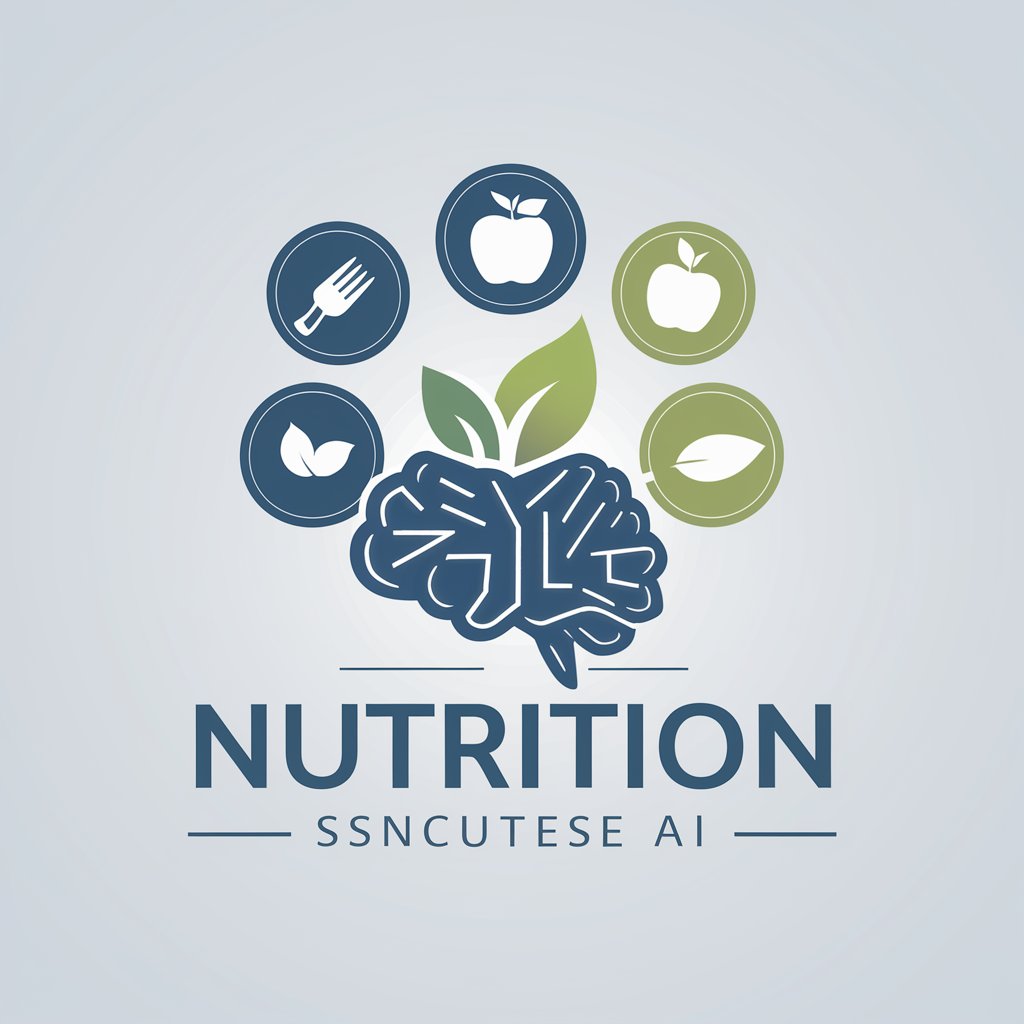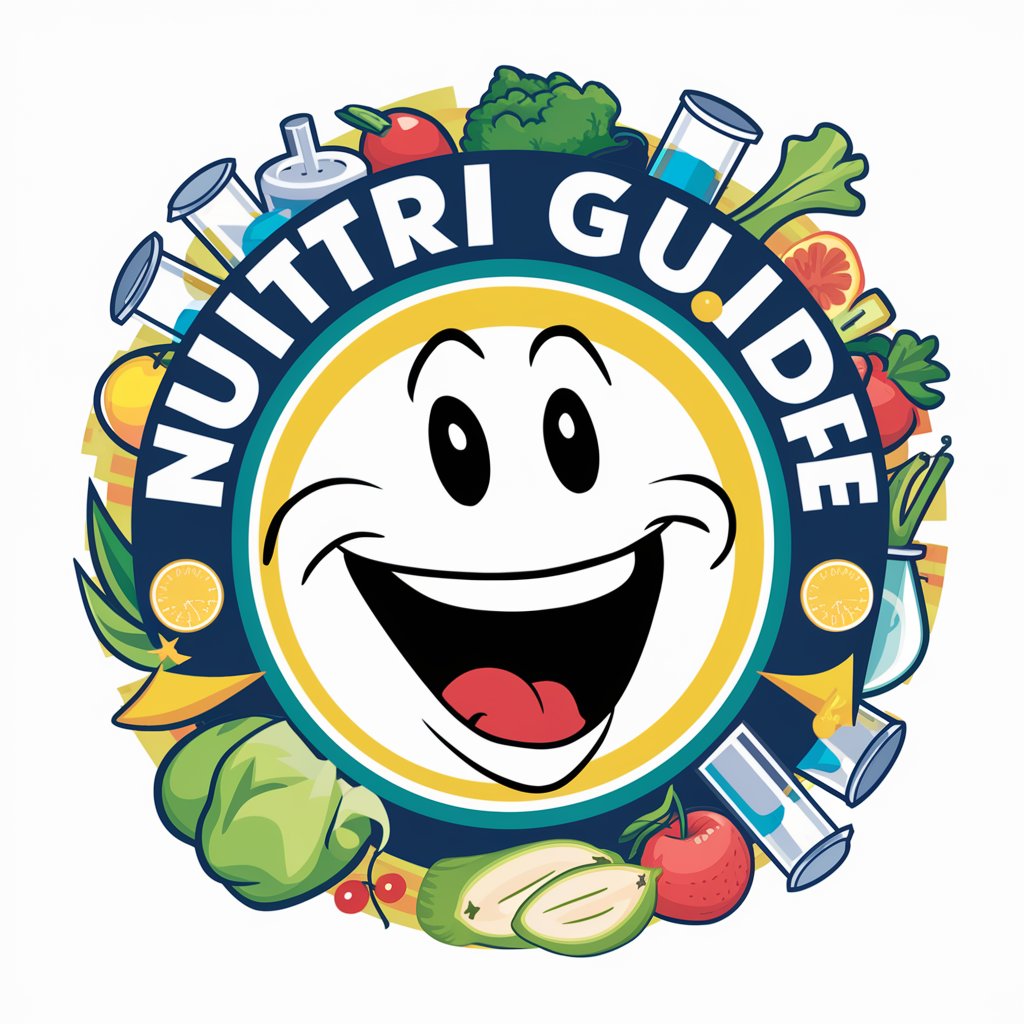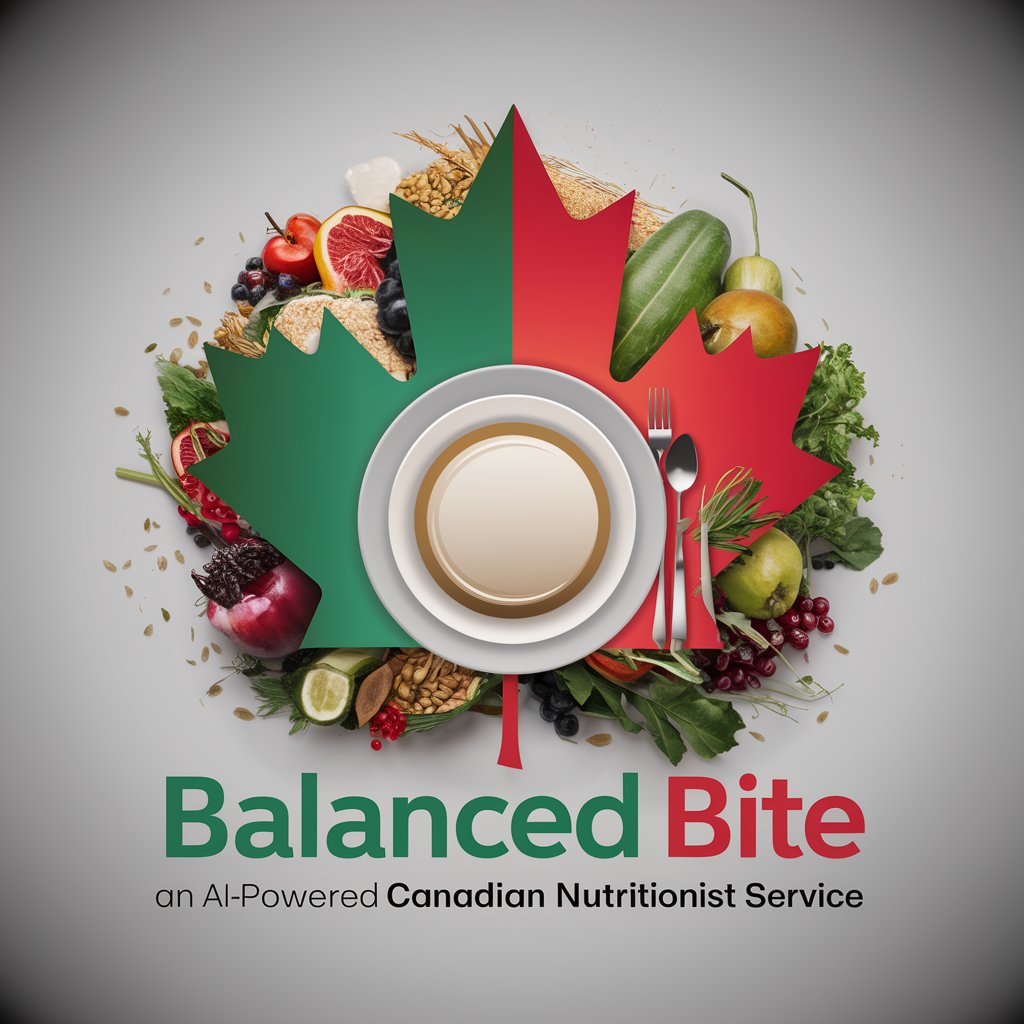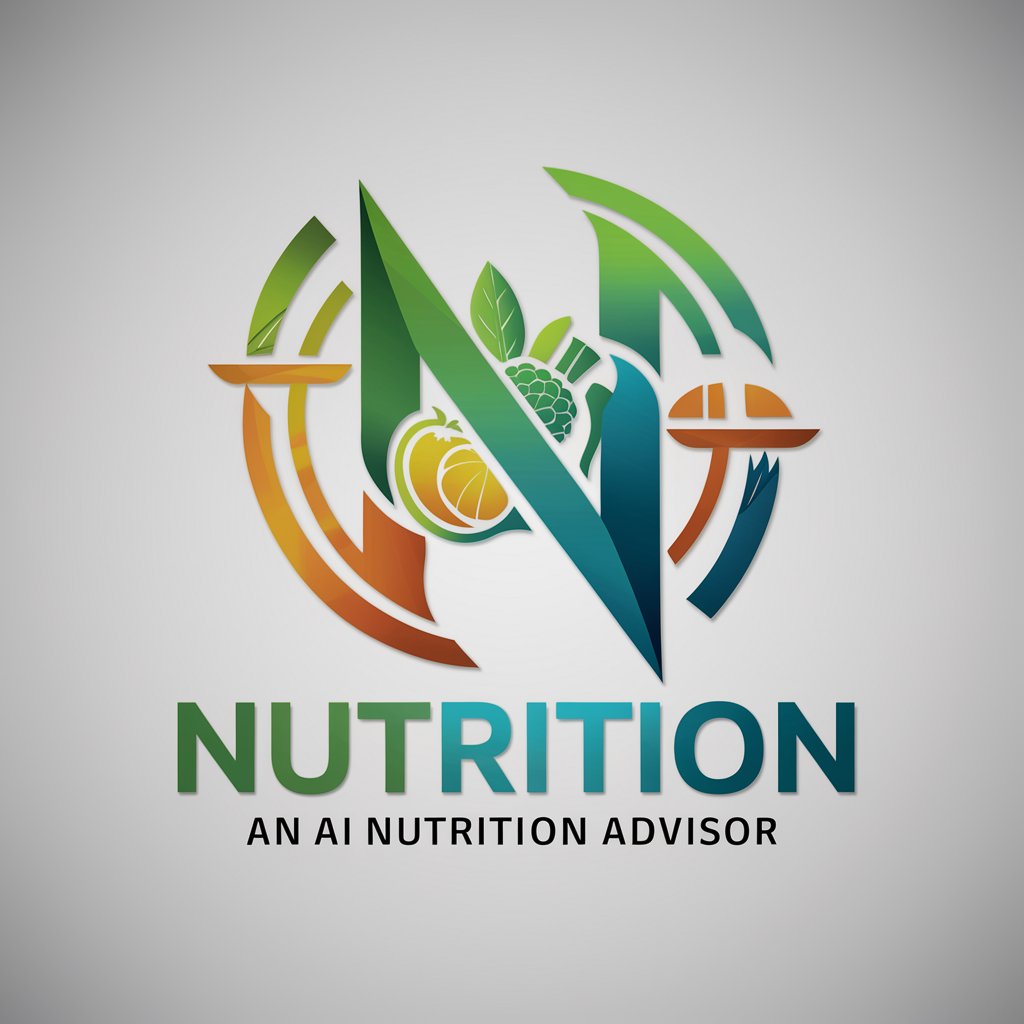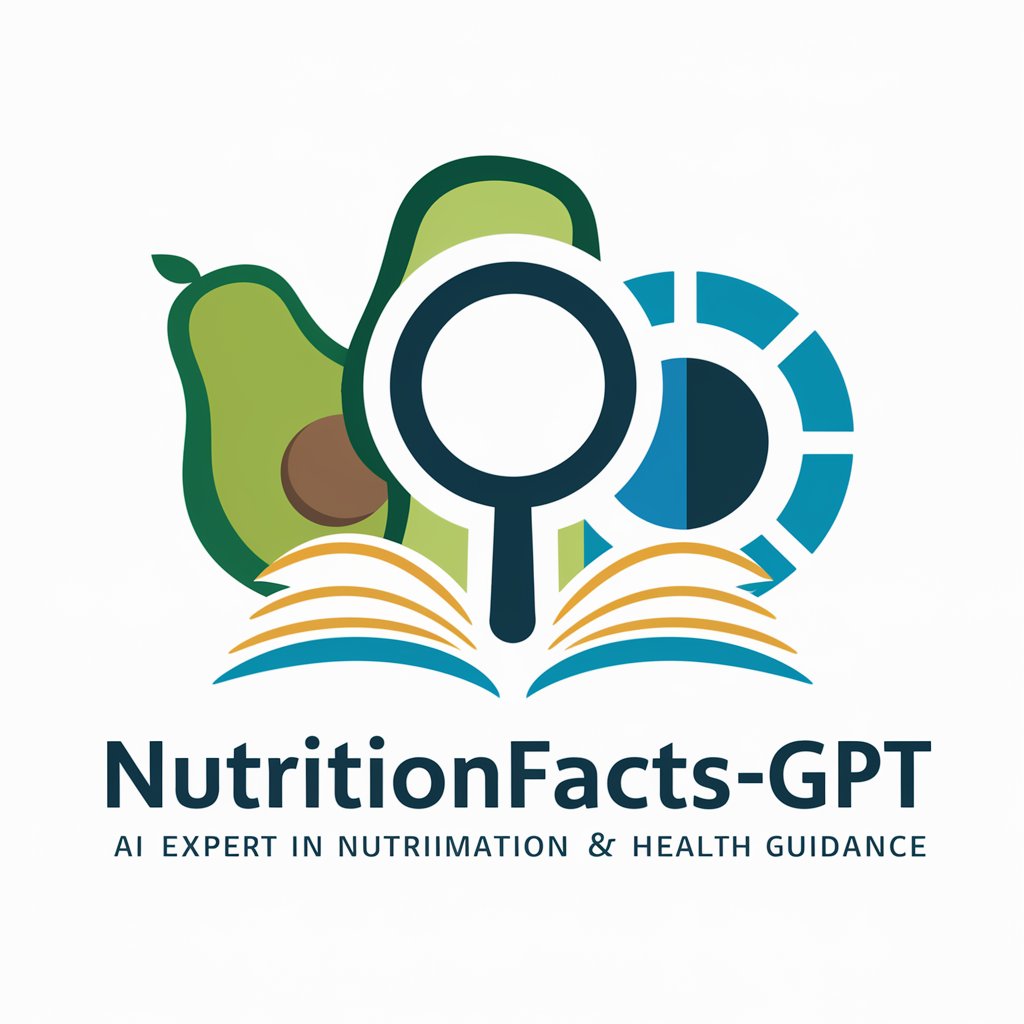
Nutrition and Pressure Injury - guide on bedsores and nutrition
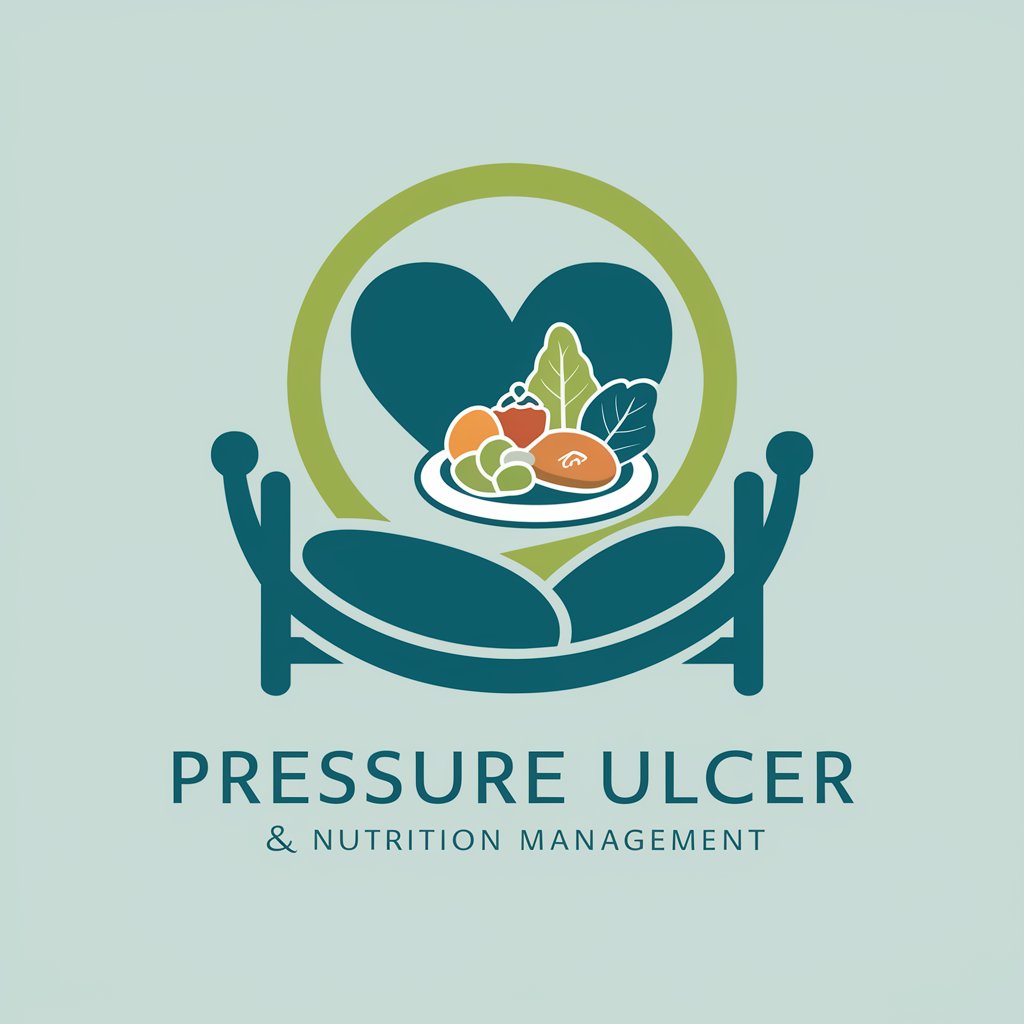
Hello! I'm here to help with pressure ulcer care and nutrition advice.
Optimize healing with AI-driven nutrition and care insights
How can I prevent pressure ulcers in bedridden patients?
What are the best nutritional practices for healing bedsores?
Can you explain the stages of pressure ulcers?
What are the key nutrients for maintaining healthy skin?
Get Embed Code
Introduction to Nutrition and Pressure Injury
Nutrition and Pressure Injury is a specialized assistant designed to offer guidance and information on managing pressure ulcers, also known as bedsores, and maintaining proper nutrition for overall health and recovery. It emphasizes evidence-based practices and accurate medical information to ensure users are well-informed about the prevention and management of pressure injuries, which are areas of localized damage to the skin and underlying tissue usually over a bony prominence, resulting from prolonged pressure. Examples include the use of appropriate dietary strategies to enhance tissue repair and the use of specific medical-grade materials to alleviate pressure on vulnerable areas. Powered by ChatGPT-4o。

Main Functions of Nutrition and Pressure Injury
Educational Information
Example
Provides detailed educational content on the stages of pressure ulcers, from prevention to treatment.
Scenario
A healthcare provider looking for up-to-date guidelines on pressure injury management.
Nutrition Advice
Example
Offers tailored nutritional advice to improve wound healing, such as increasing protein intake and managing fluid balance.
Scenario
A patient recovering from surgery needing specific nutritional guidelines to prevent bedsores.
Care Techniques
Example
Guides on the selection and use of pressure-relieving devices like specialized mattresses or cushions.
Scenario
A caregiver setting up a home care environment for a bedridden elderly relative.
Ideal Users of Nutrition and Pressure Injury
Healthcare Professionals
Doctors, nurses, and other healthcare providers benefit from evidence-based practices and guidelines for managing pressure injuries and providing optimal nutritional care.
Caregivers and Family Members
Individuals caring for family members at risk of or currently suffering from pressure ulcers need guidance on preventive measures and appropriate nutritional support.
Patients with Limited Mobility
Individuals such as those recovering from major surgery or who are immobile due to conditions like paralysis can directly benefit from advice on pressure sore prevention and nutritional management to enhance healing.

How to Use Nutrition and Pressure Injury GPT
1
Initiate your journey by visiting yeschat.ai, offering a login-free experience and no requirement for a ChatGPT Plus subscription.
2
Explore the 'Help' section to familiarize yourself with the functionalities specific to pressure injuries and nutrition management.
3
Use specific queries or scenarios related to pressure injuries or nutritional advice to get the most tailored and accurate information.
4
Utilize the downloadable resources and tools for practical application in clinical or caregiving settings.
5
Regularly check for updates or additional tips that enhance understanding or provide new insights into pressure injury care and nutrition.
Try other advanced and practical GPTs
Personal Injury Law Guide
Navigate Injury Law with AI
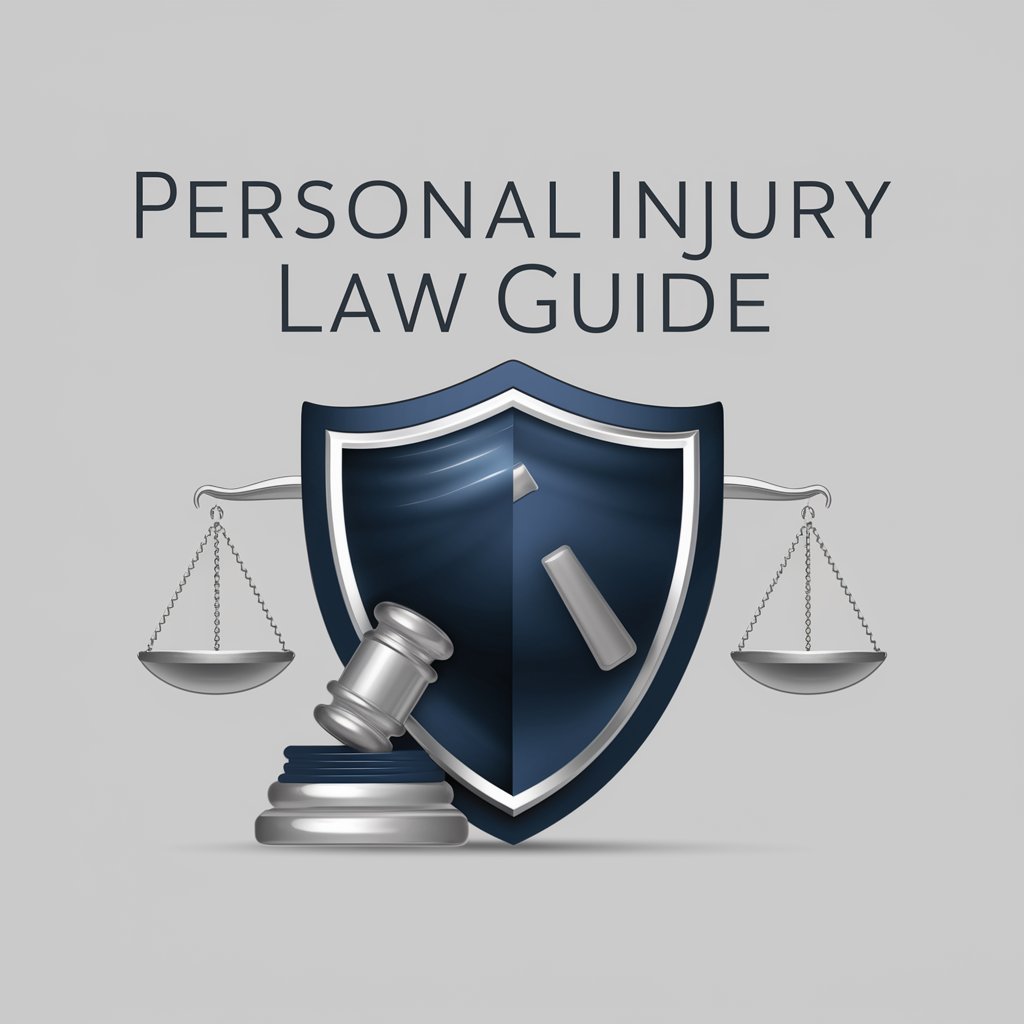
Injury Prevention Tips
Prevent Injuries with AI Guidance
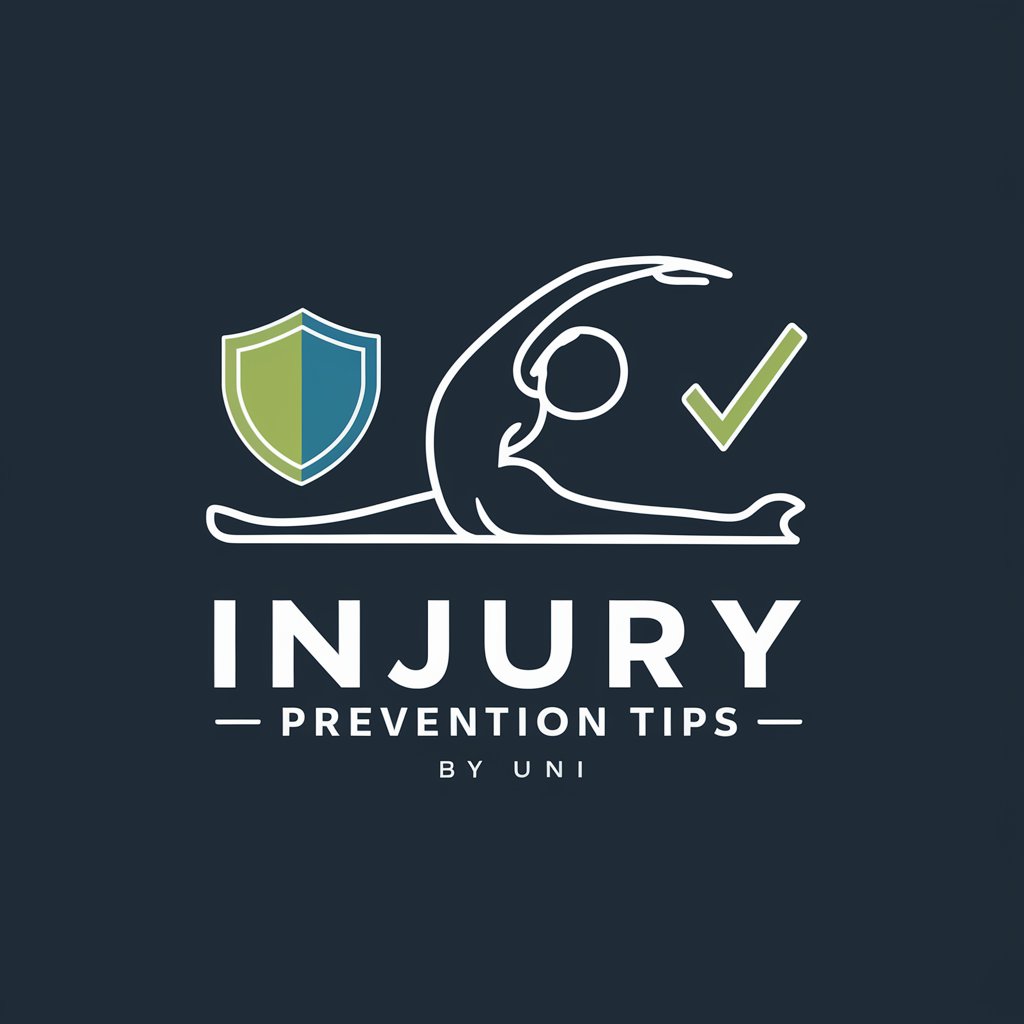
Injury Claim Counselor
AI-powered Personal Injury Claim Advisor
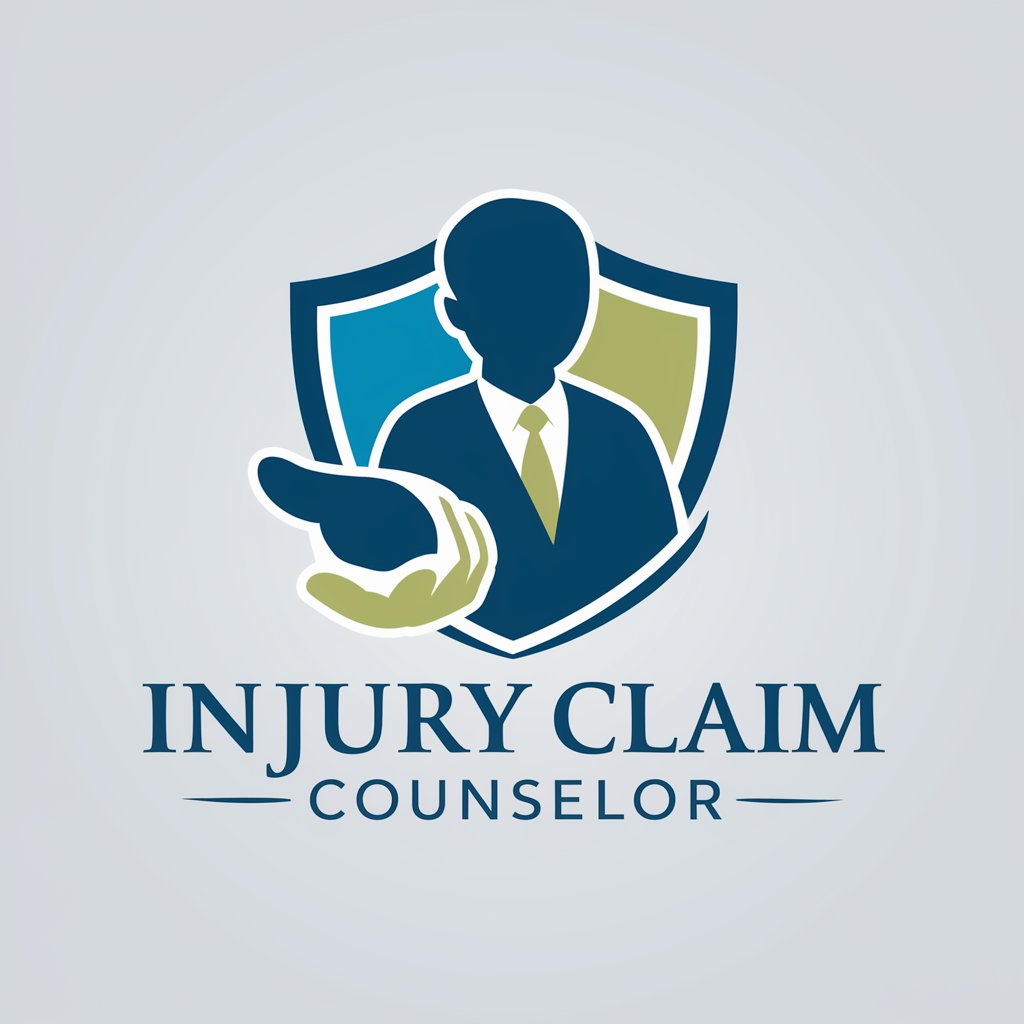
SportMed Plan Architect: Injury Prevention Expert
Empower, Prevent, Excel with AI
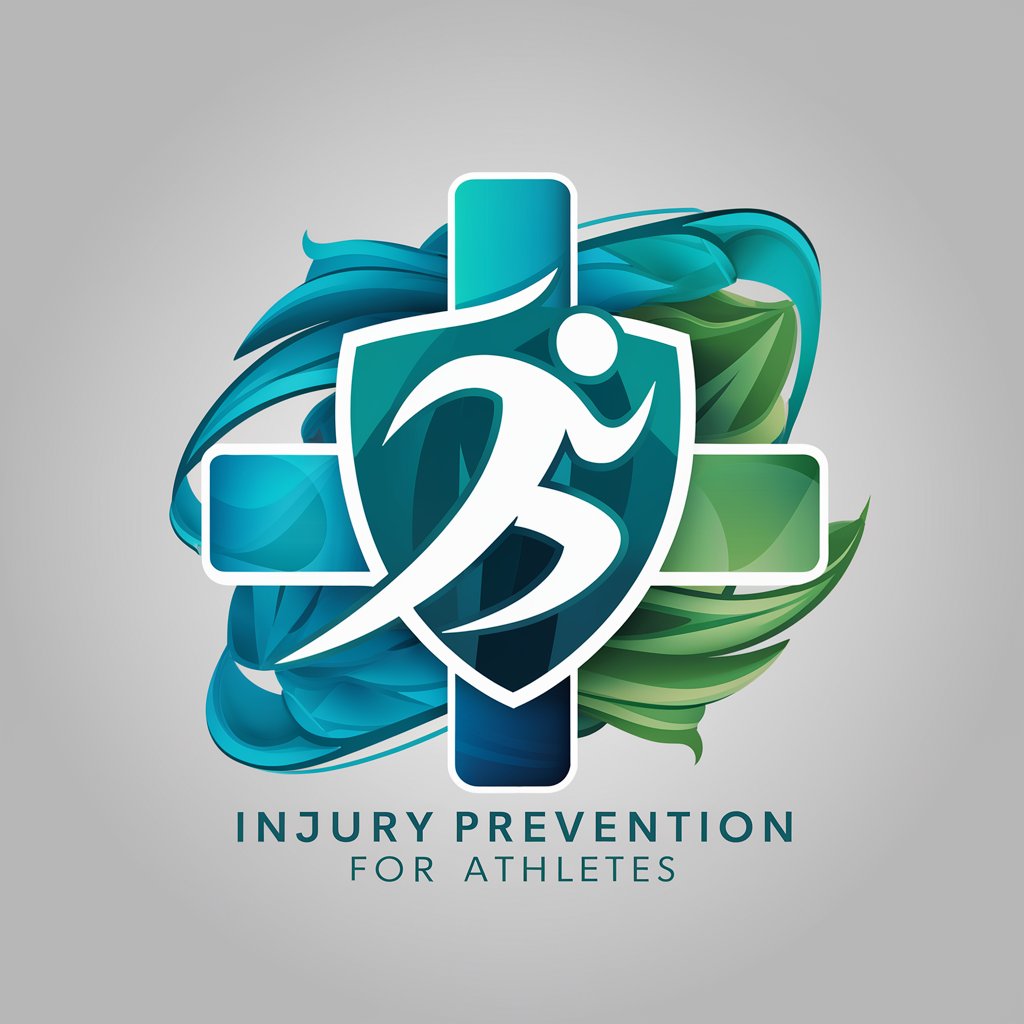
Injury Prevention and Wellness Programs
AI-powered injury prevention
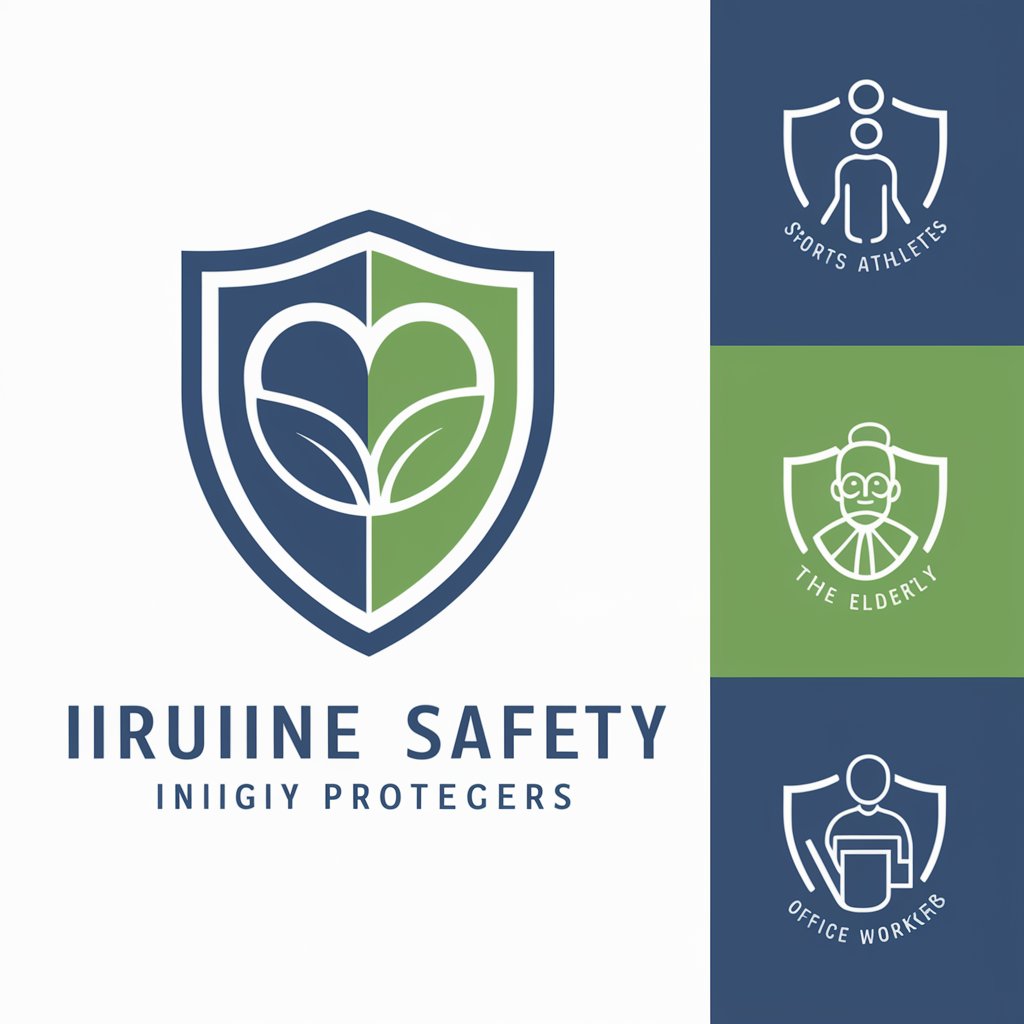
Brain Injury Buddy
Empowering recovery through AI
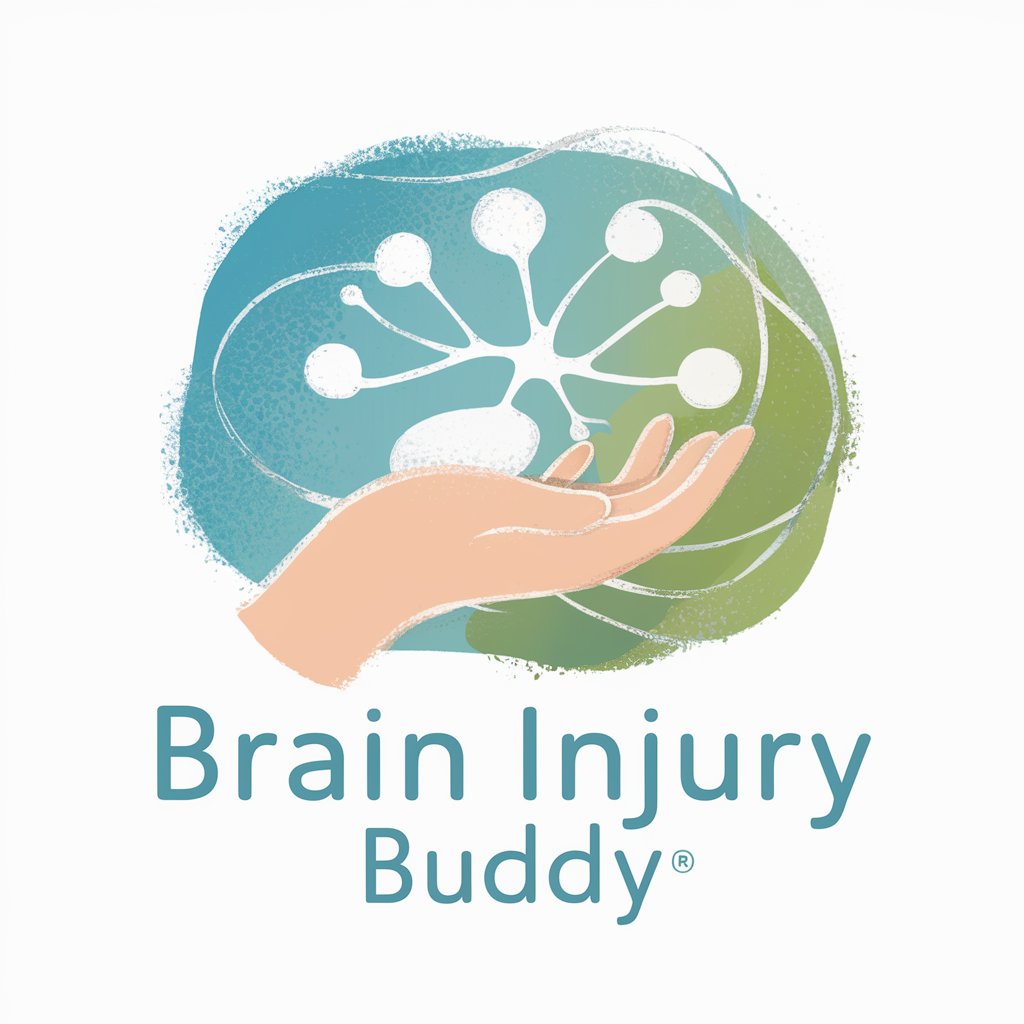
Running Injury Guide GPT
AI-powered guidance for running injury care
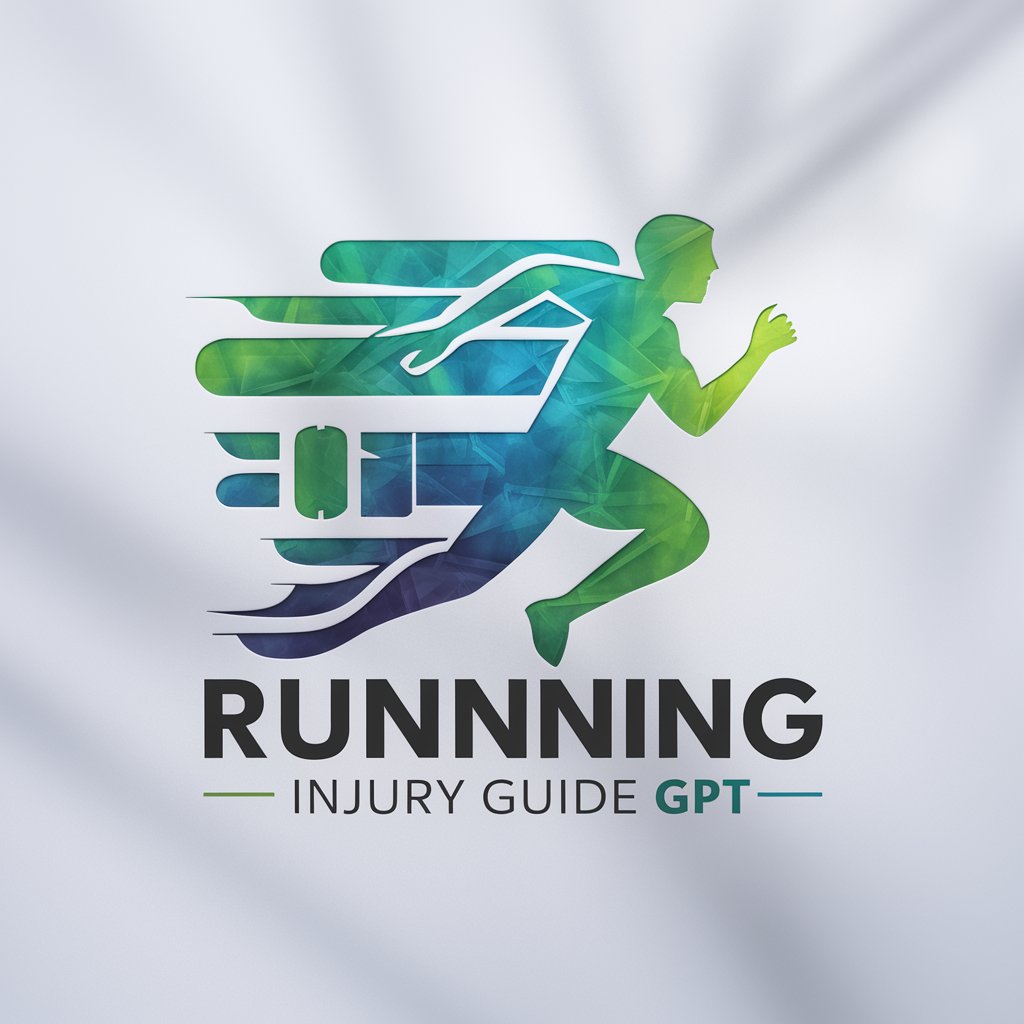
After an Injury
Empowering injury recovery with AI-driven support.
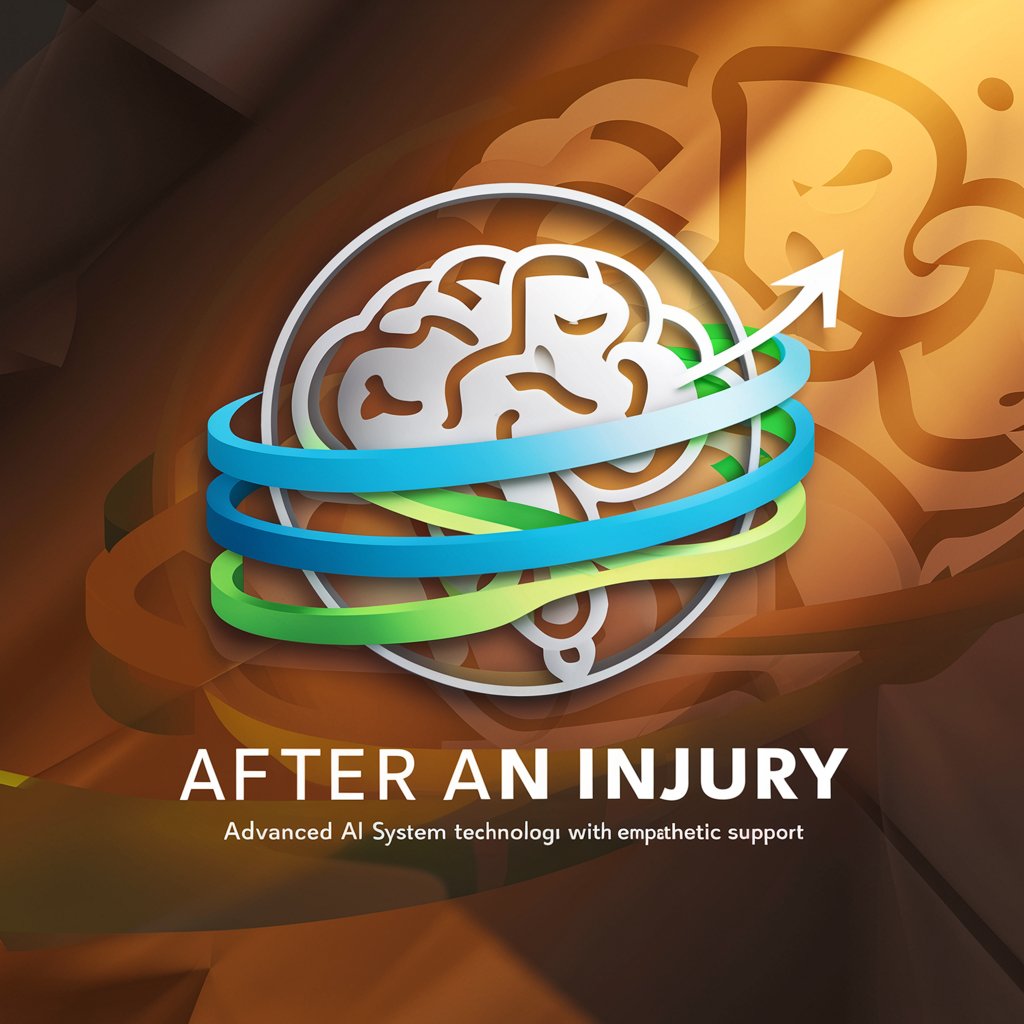
Mindful Consumption Guide
Empowering sustainable choices with AI.
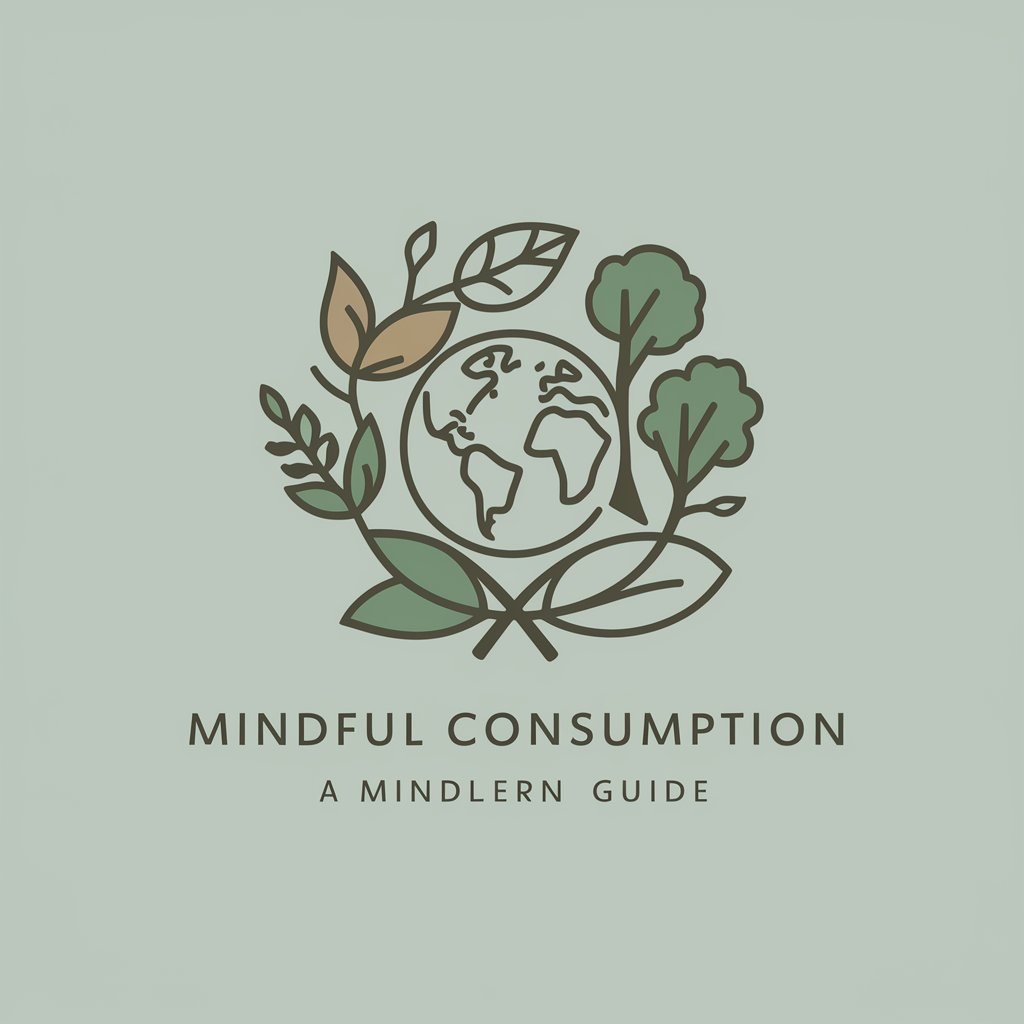
Ethical Consumption Marketer
AI-Powered Ethical Business Strategy
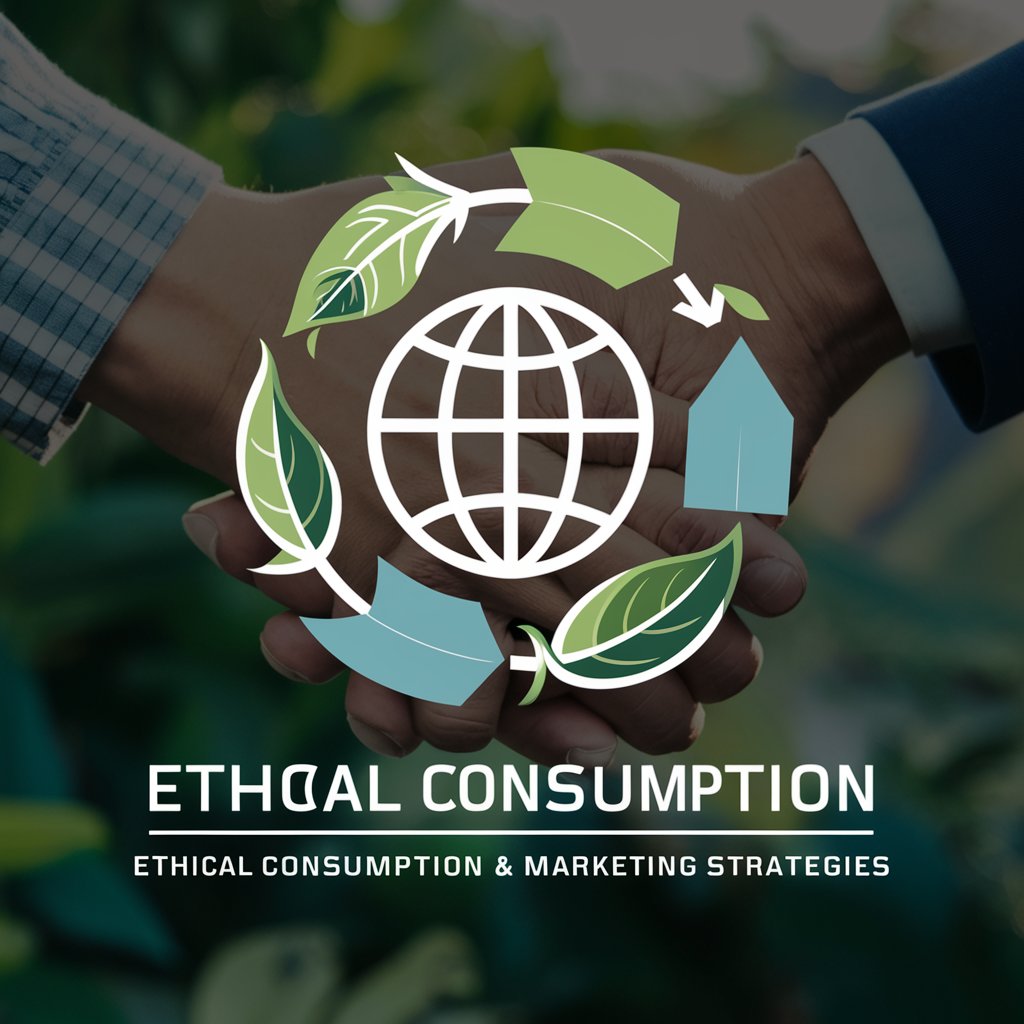
Energy Insight Analyst Consumption
Optimizing energy consumption with AI

UN SDGs: 12 Responsible Consumption & Production
Empowering sustainable decisions with AI
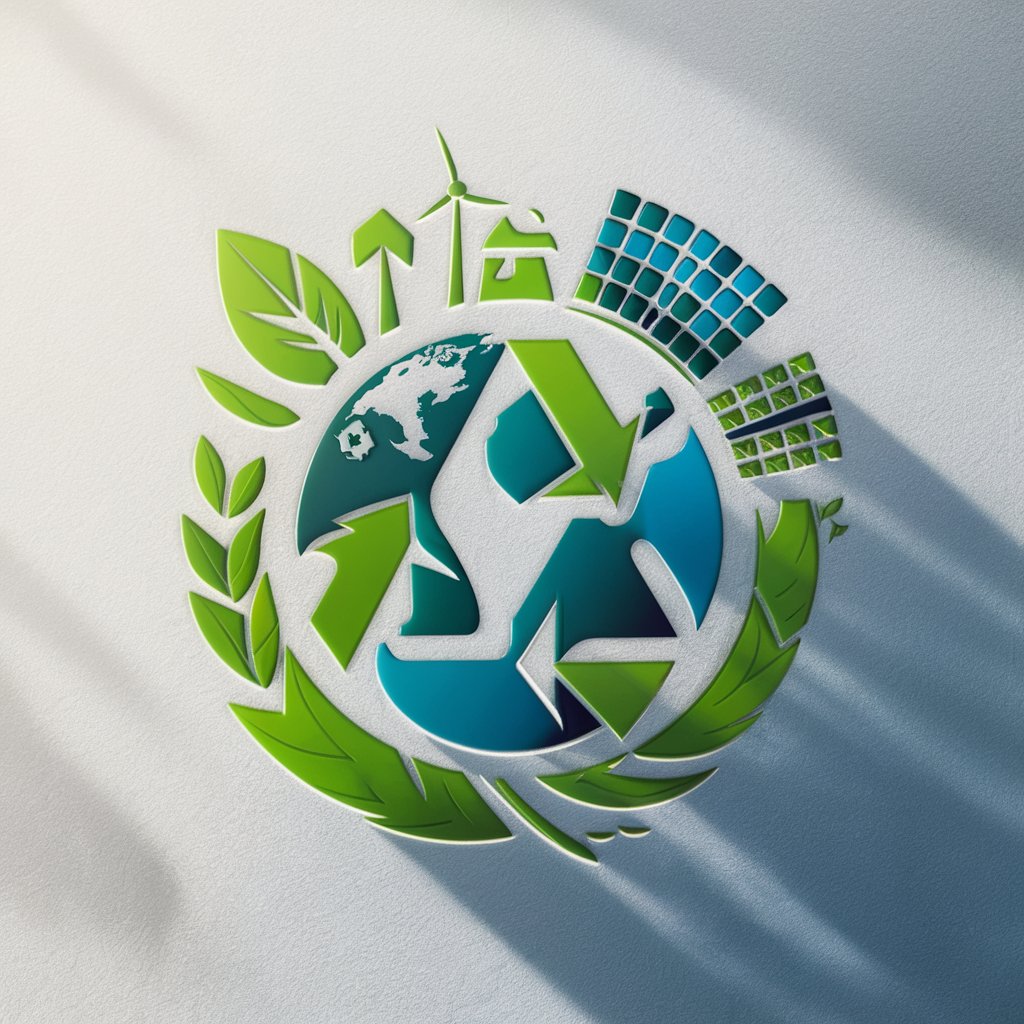
Detailed Q&A on Nutrition and Pressure Injury
What are the best nutritional practices for preventing pressure injuries?
Optimal nutrition for preventing pressure injuries includes maintaining adequate protein intake, ensuring sufficient calorie consumption, and monitoring fluid intake to stay hydrated. Vitamins such as A, C, D, and E along with minerals like zinc and iron are crucial for skin integrity and healing.
How often should skin assessments be performed to prevent pressure injuries?
Skin assessments should be conducted at least daily in at-risk patients, such as those who are immobile, have sensory impairment, or are critically ill. This helps in early detection and immediate management of potential pressure injuries.
What role does protein play in healing pressure injuries?
Protein is vital for repairing damaged tissues and maintaining skin integrity. For individuals with pressure injuries, increasing protein intake can accelerate wound healing processes by supporting collagen production and immune function.
Can nutrition alone prevent pressure injuries?
While nutrition is a critical factor, alone it cannot prevent pressure injuries. Comprehensive care includes regular repositioning, skin care, moisture management, and the use of supportive surfaces alongside nutritional support.
What are the signs of nutrition-related issues in someone with pressure injuries?
Signs include poor wound healing, reduced muscle mass, increased infection rates, and overall delayed recovery. Nutritional deficiencies might manifest as anemia, decreased albumin levels, or vitamin deficiencies, impacting recovery.
